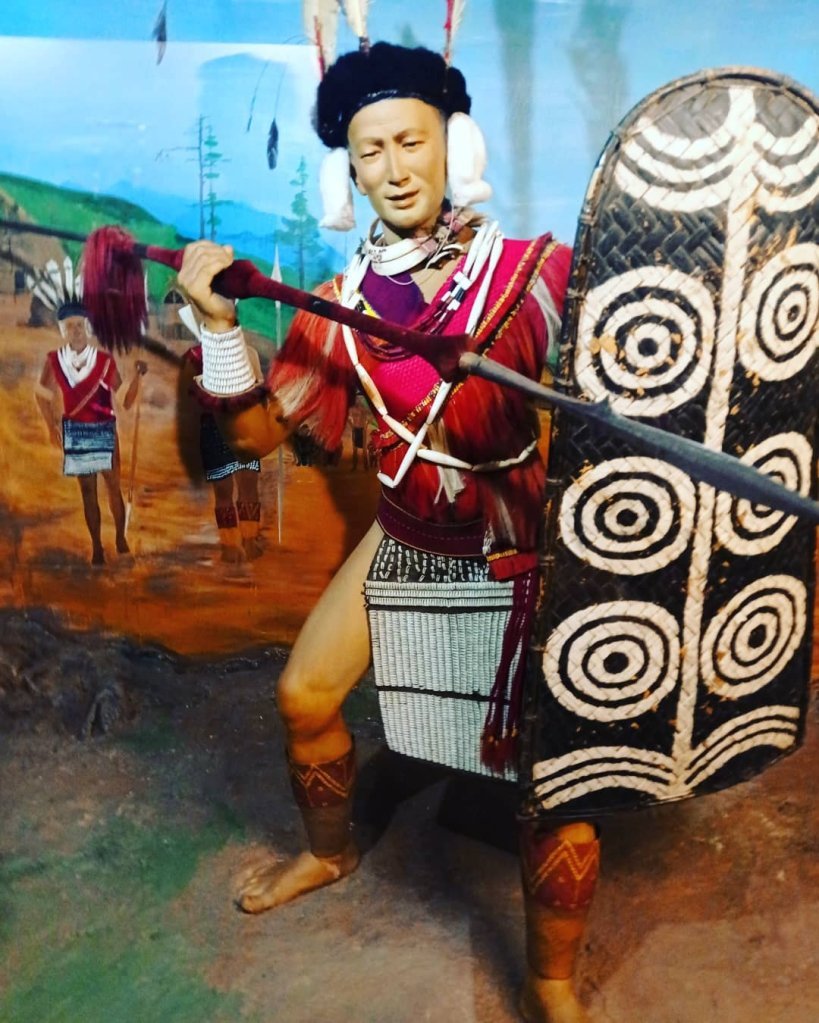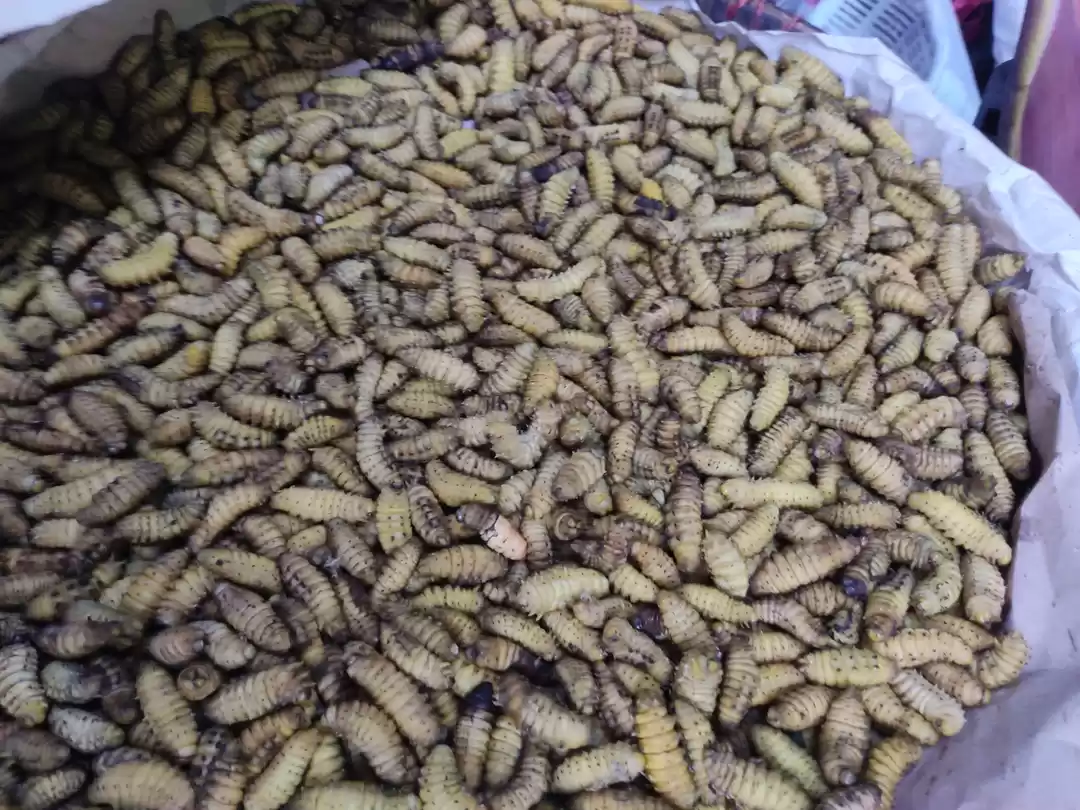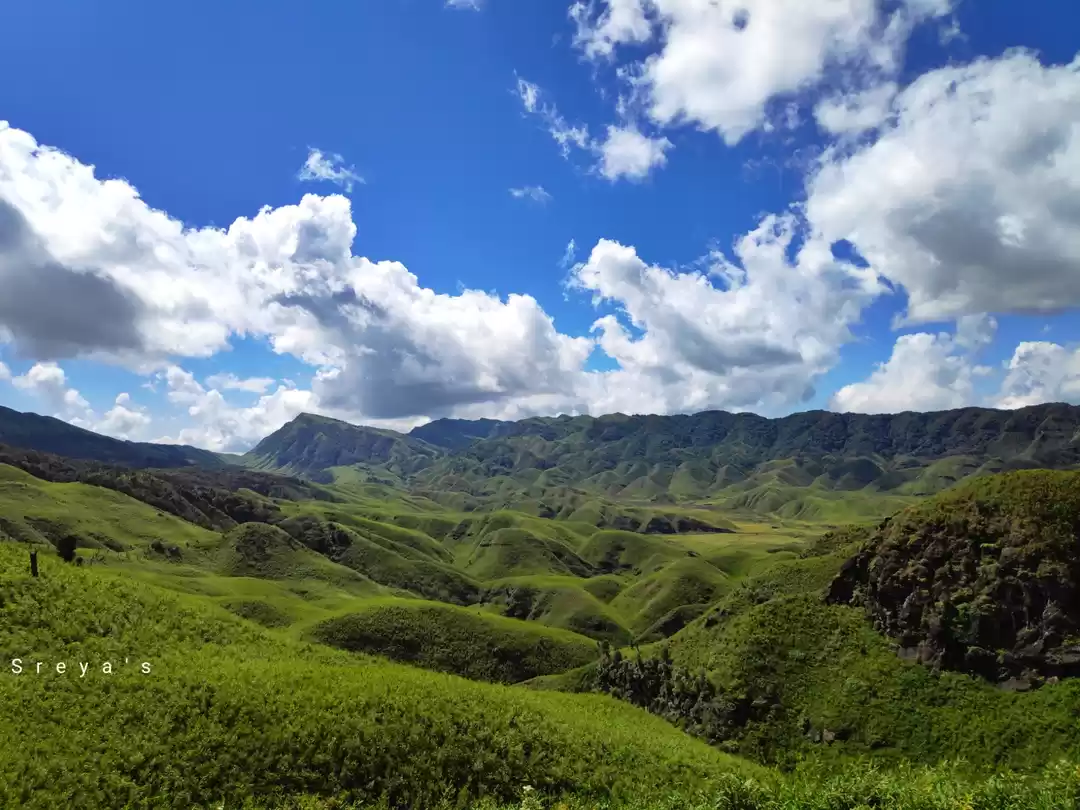
Travelling amidst the pandemic has been one of my wildest experiences. After putting off a proper vacation for over a year, I finally decided to travel during Holi 2021. However, the choice of the destination wasn't that easy. I wanted to cover an exotic place but also wished it to be less crowded. The Northeast was the first option that came to my mind, and what better than Nagaland and Manipur, two of the cleanest states of India in terms of COVID-19 infections.
I joined a group of travellers from Kolkata, where I have been working since the beginning of the pandemic, and we headed to Dimapur on the 26th of March, a few days before Holi. Getting into a flight these days is nothing short of entering an ICU, and I was in awe of the COVID protocol I witnessed at the airport and on the flight.

A short journey of 1.5 hours took us to Dimapur, one of the busiest cities of Nagaland, and we explored quite a bit of the city on the very first day.
Day 1: Kachari Ruins, The Stone Garden, and Nagaland Bamboo Resource Center
Once in Dimapur, we freshened up at the airport and made a quick visit to the Kachari Ruins. The mushroom-shaped domes of the Kachari Ruins are what is left of the Kachari kingdom of Nagaland, and our local guide, Christopher, told us the domes were actually used to play some sort of a game similar to chess.

The Stone Garden was another revelation. The place had some beautiful sculptures and bamboo huts adorning what looked like a wedding venue.

We had a sumptuous lunch at the Bamboo Resource Center, which not only houses a bamboo handicraft workshop but also has a beautifully decked restaurant called Bambusa. Since we were already drained after the flight, we decided to call it a day after this. A short drive took us to Kohima. We checked into Hotel Vivor, which was a surprisingly swanky hotel in an otherwise rural backdrop.

Day 2: Kohima State Museum, Kohima War Cemetery, Jakhama Village, Kisama Heritage Village, Kigwema Village Walk
The second day of our trip began with a visit to the Kohima State Museum, followed by the Kohima War Cemetery. While the museum threw light on the lives of the 16 tribes of Nagaland, the war cemetery reminded us of the sacrifices of the hundreds of soldiers who had laid down their lives in the Battle of Kohima during World War II. Our guide took us to the gravestone of a certain Ghulam Muhammad who happens to be the youngest martyr of the battle and had died at age 16.



We had a local lunch at Campsite Yedikha in Jakhama, where we had everything from dried apples to the famed Bhut Jolokiya chutney, made of the spiciest chillies in the world. We also spoke to the owner of the property and his wife, who had cooked the awesome local meal for us. They told us they arrange camping tours to Dzoukou Valley, and I promised them I will be back someday soon for that. What drew my attention was the local bamboo-made tap that they were using, and I made sure I had a photo of that too.

Post lunch, we headed to the Heritage Village, which is the site for the annual Hornbill festival, which was canceled in 2020 due to the ongoing pandemic. The site houses models of huts of all the 16 major tribes of Nagaland and is a vivid mirror of Naga heritage.

The day ended with a walk through Kigwema, a local village (and a WWII site) that, legend has it, was a hideout of Netaji Subhash Chandra Bose, during World War II. Though there has been no official confirmation regarding the same, our guide showed us a small hut that Netaji is rumoured to have stayed in.

Day 3: Khonoma
The next day, we headed to the breathtaking village of Khonoma. Our guide happened to be the owner of a picturesque farmhouse in Khonoma and he took us there. He also showed us around and introduced us to his own herd of mithuns (the state animal of Nagaland, which resembles a buffalo). We were also taken around some of the major viewpoints of the village and had lunch at Dovipie Inn, which offered beautiful views of the surrounding landscape.




Day 4: Cathedral and St. Joseph's College
The following day, we set off for our next destination, Manipur, but not before visiting two of the most beautiful sites of Nagaland: the Kohima Cathedral and the St. Joseph's College in Jakhama. While the first offered an alluring aerial view of Kohima, the second, with its eye-soothing backdrop, made me wish I could go back to college.


All in all, we were happy with our stay in Nagaland, and though I hardly found any proper markets in Kohima (could have been due to the pandemic-related restrictions), I did manage to buy some souvenirs from a local exhibition/fair. The stage was thus set for our Holi trip to Manipur.













